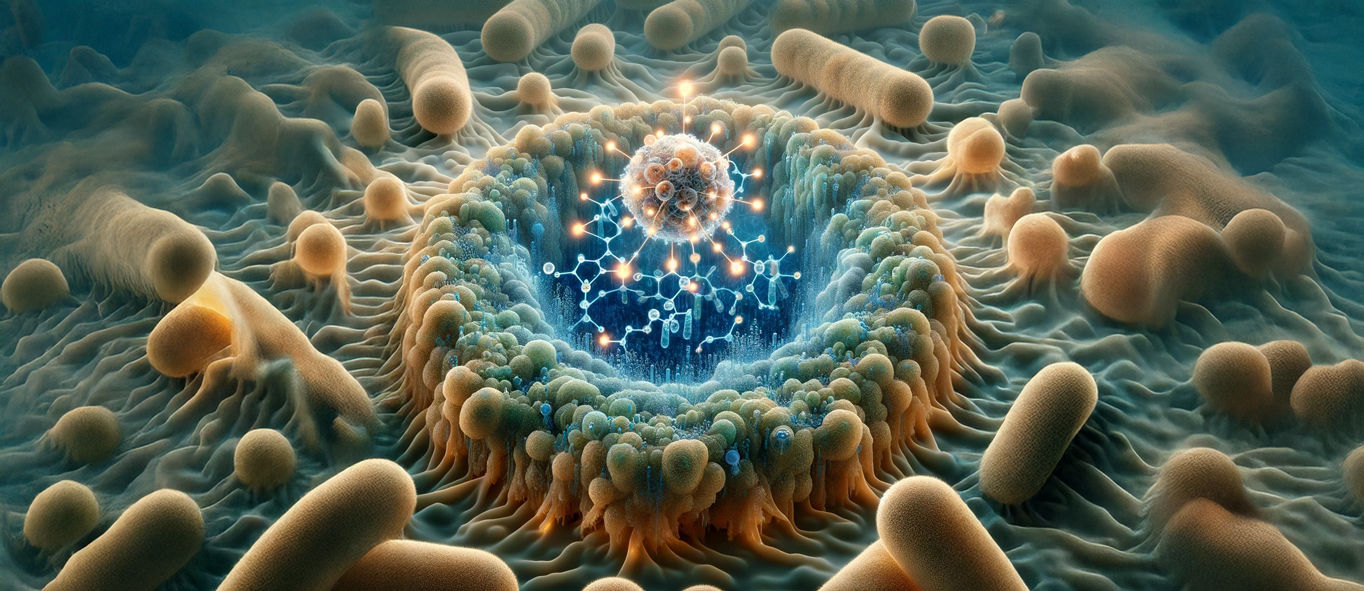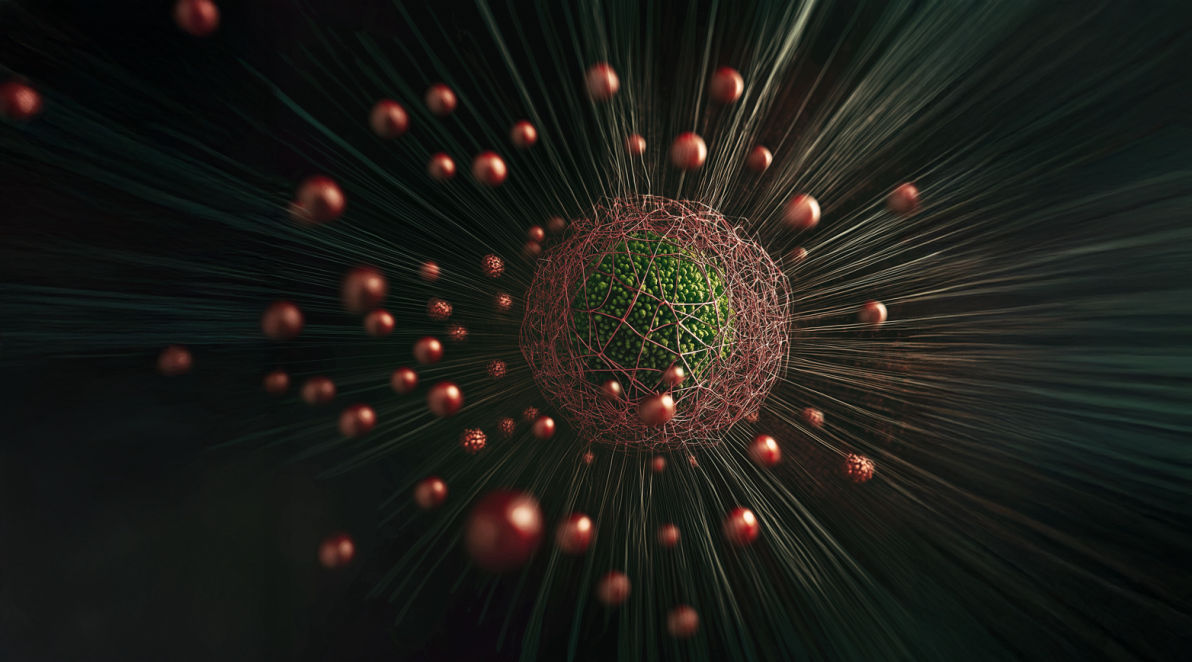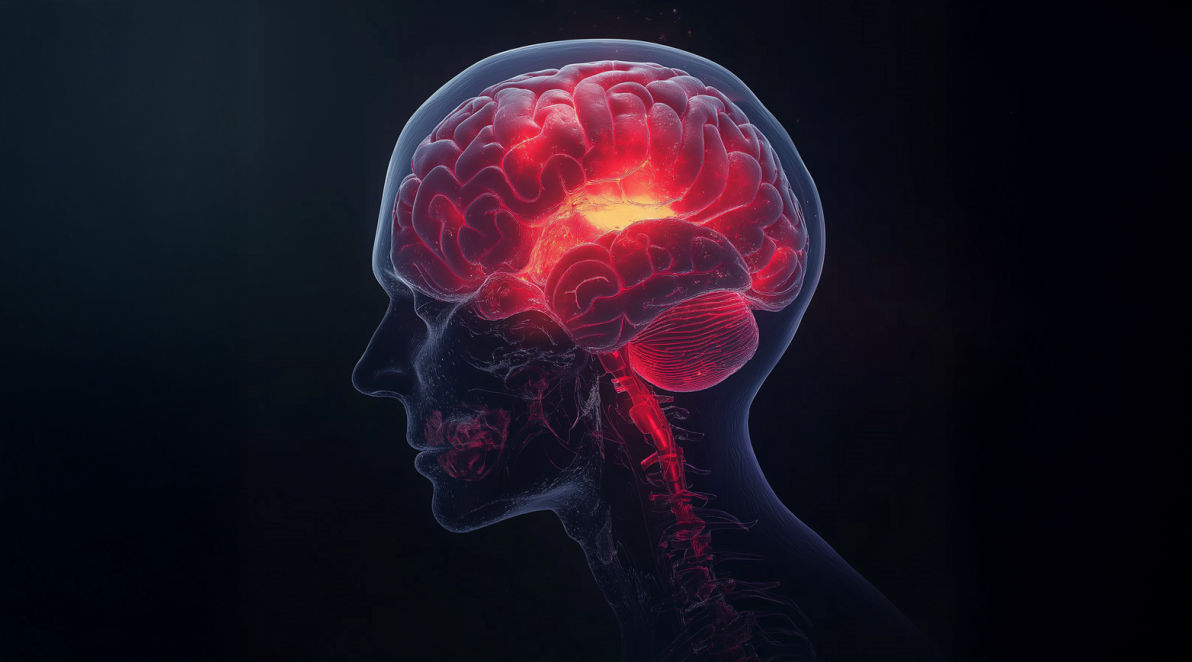Nerve communication: The vagus nerve (called the nervus vagus), which connects the brain and the digestive tract, plays a major role.
Hormonal and chemical signals: Hormones and neurotransmitters (e.g. serotonin) are produced in the gut and can affect brain activity - and vice versa.
Gut microbiota: Beneficial bacteria in the gut produce substances that affect the nervous system. Disrupting the balance of the microbiota can lead to digestive, psychological or immune problems.
MICROBIOME
The microbiome is the sum of all the genetic information (i.e., genomes) of all the microorganisms that inhabit a particular ecosystem or organism. Simply put, if "microbiota" refers to the microorganisms themselves (bacteria, viruses, fungi, etc.), then "microbiome" is their collective "genetic fingerprint".

Currently, the terms 'microbiota' and 'microbiome' are sometimes used interchangeably. However, the precise distinction is particularly important in scientific research:
- Microbiota: the collection of all microorganisms.
- Microbiome: the genetic information (genomes) of these microorganisms.
The microbiome is intensively studied, especially in the context of human health. Its analysis helps to understand how microorganisms affect digestion, immunity, the production of important substances (such as vitamins) and how they contribute to the prevention of many diseases.







